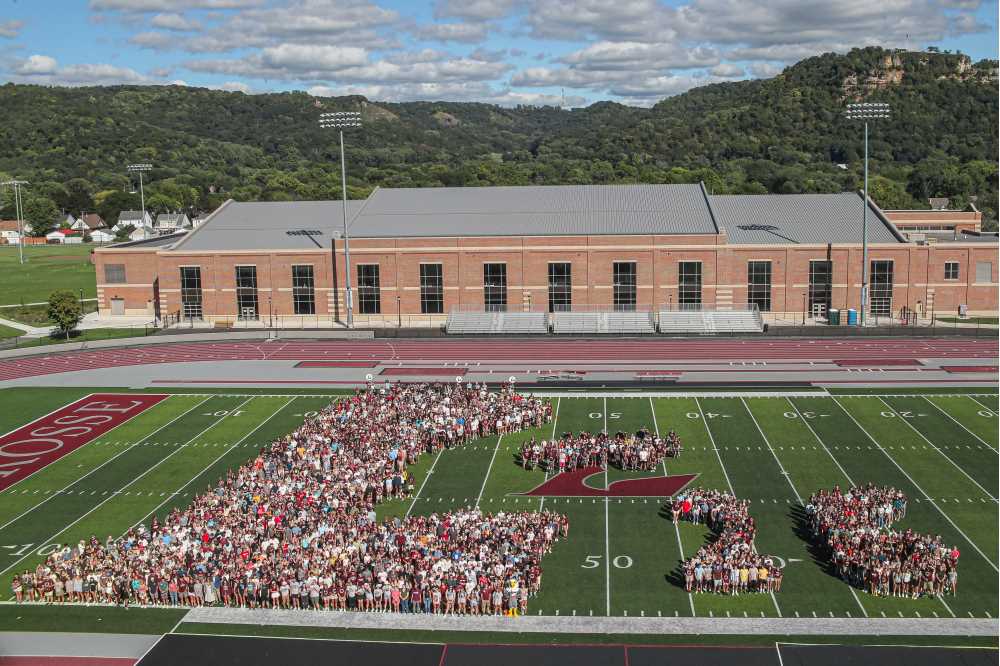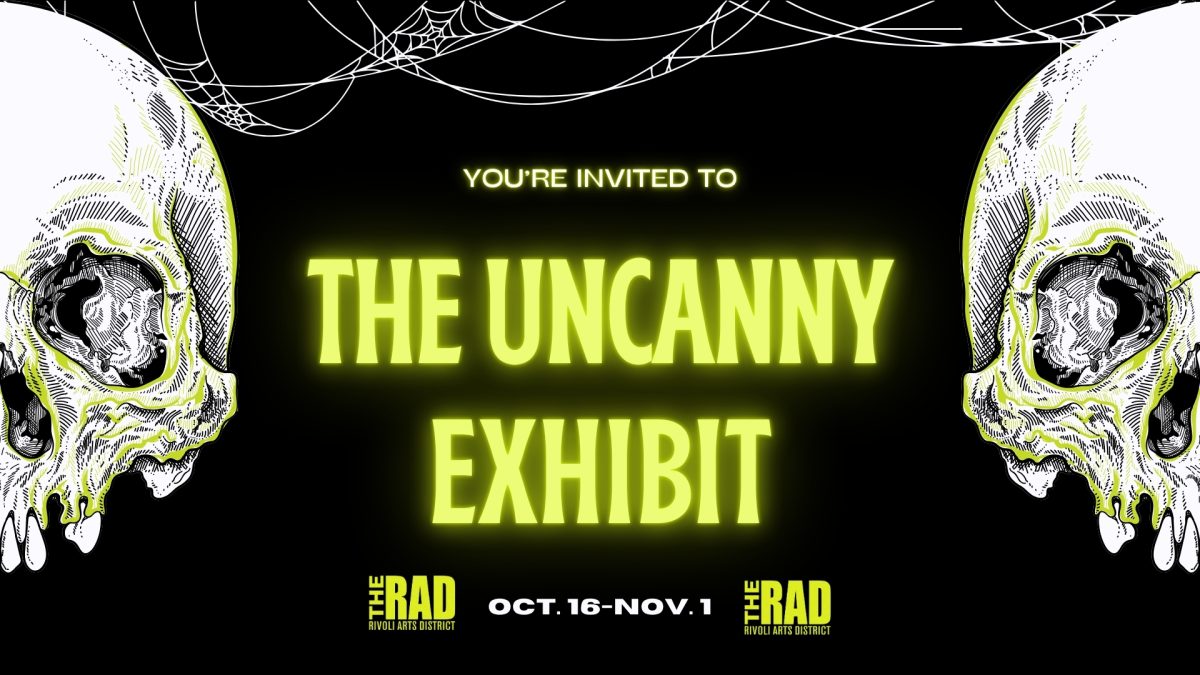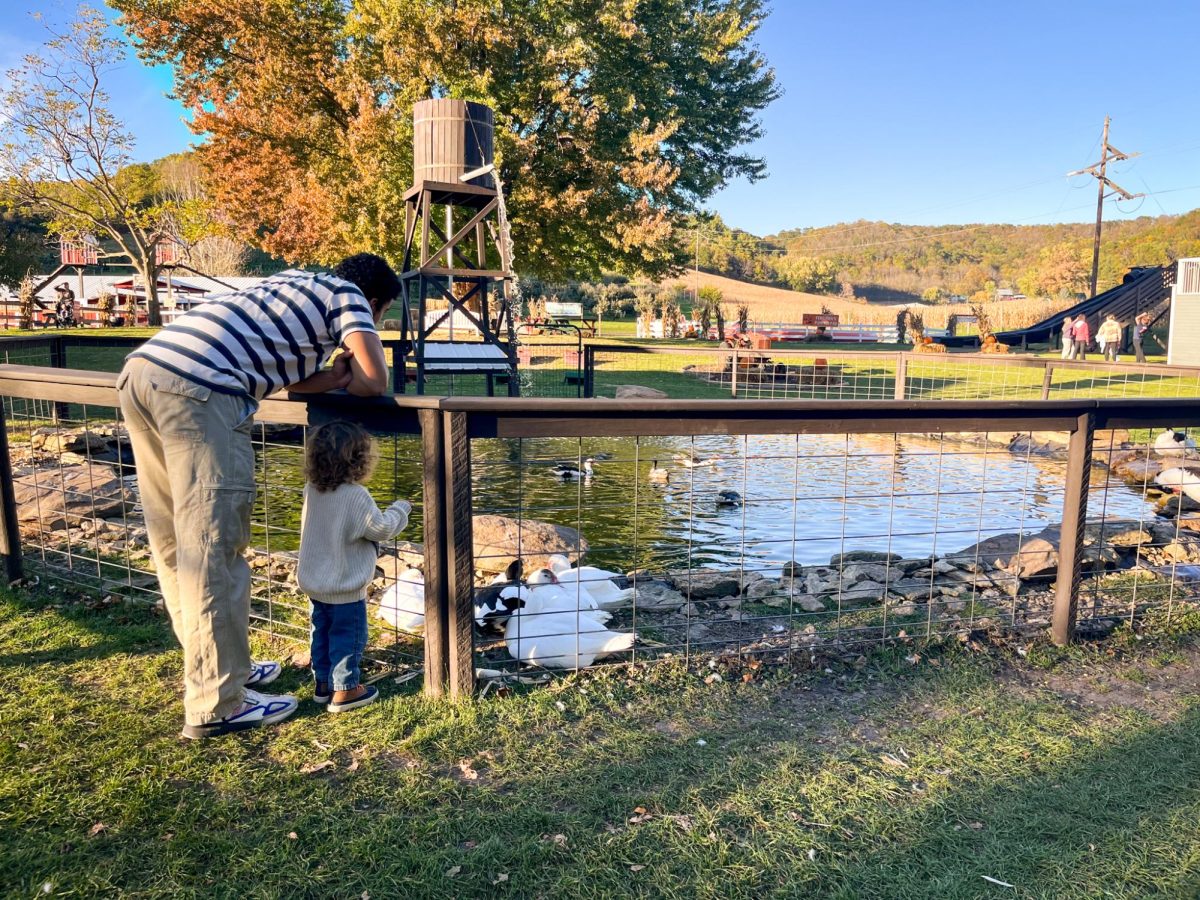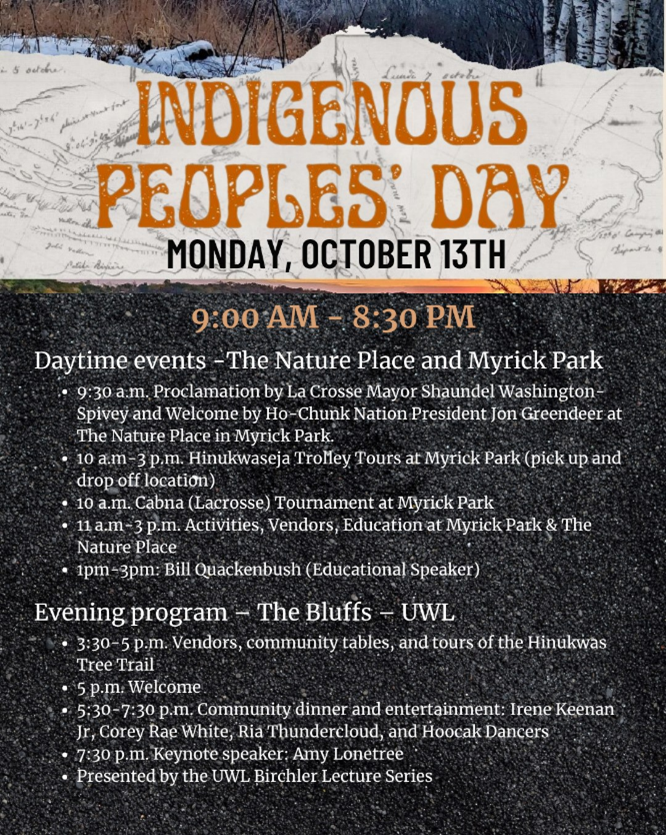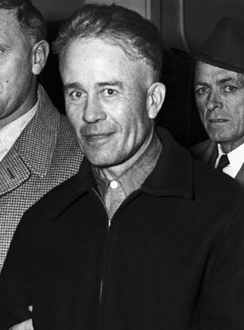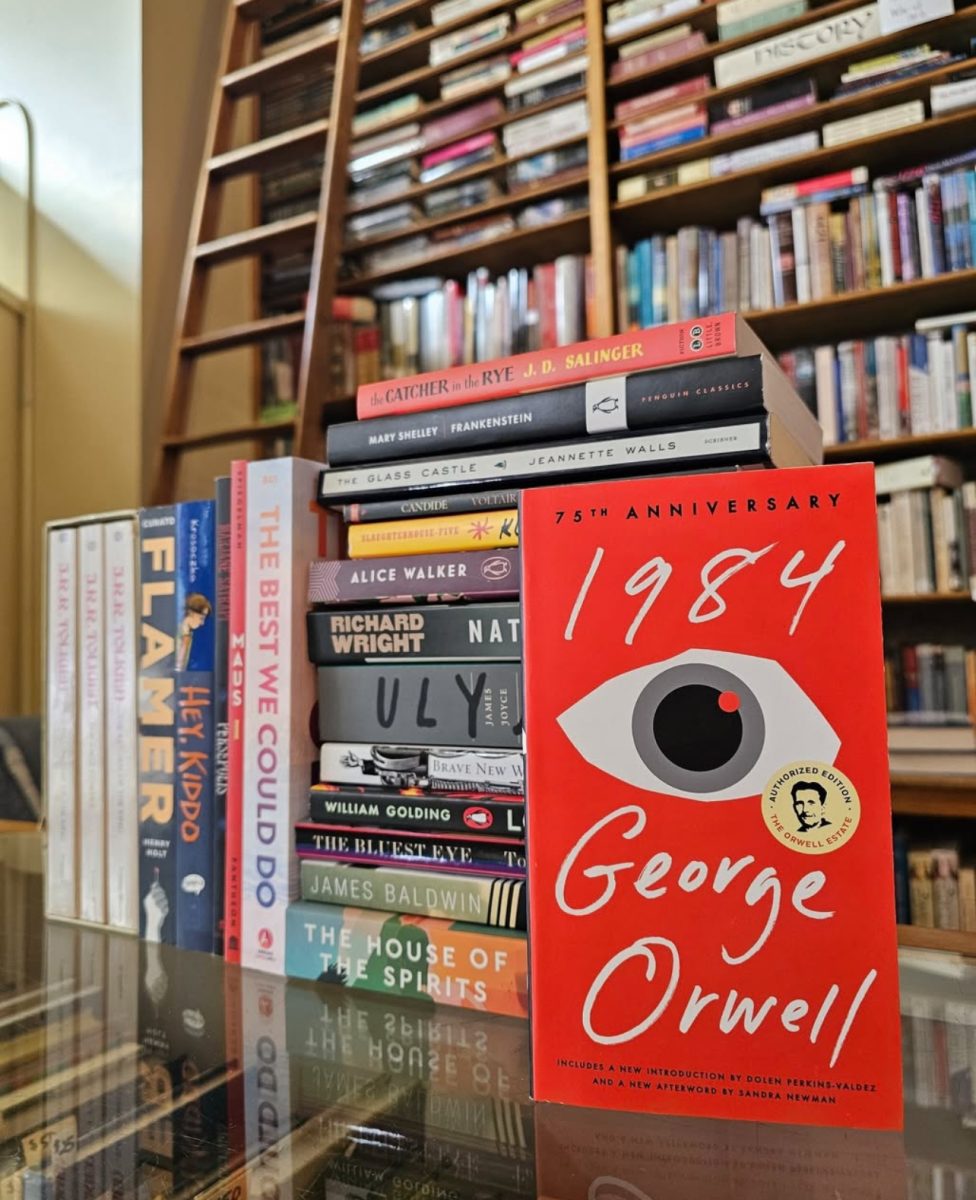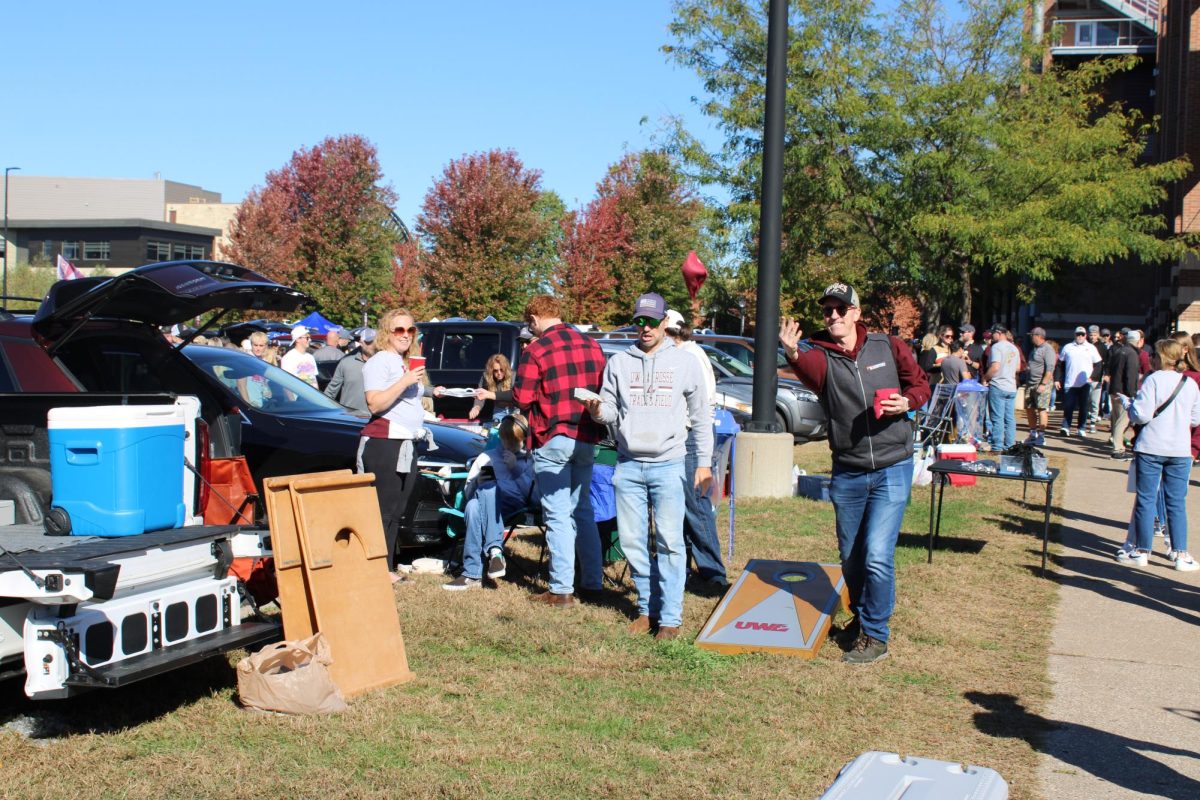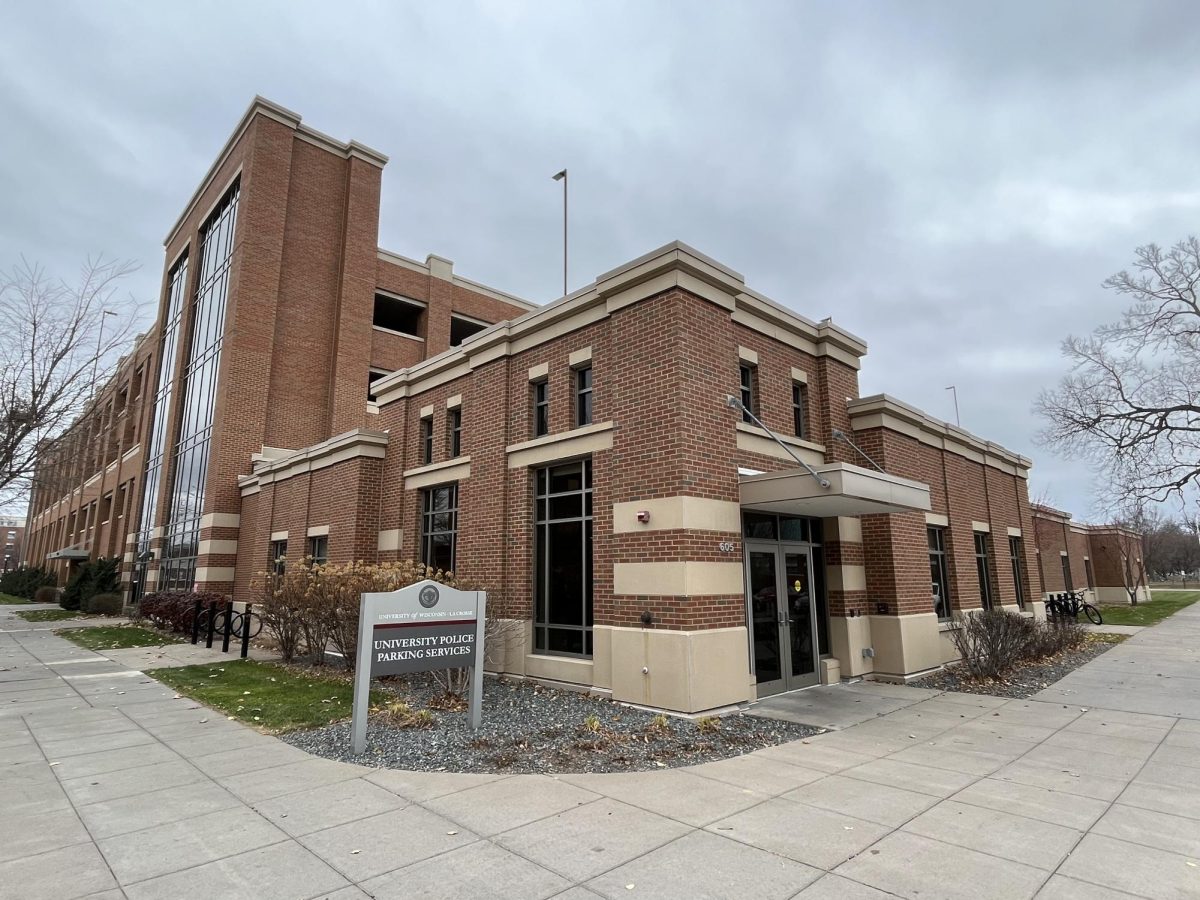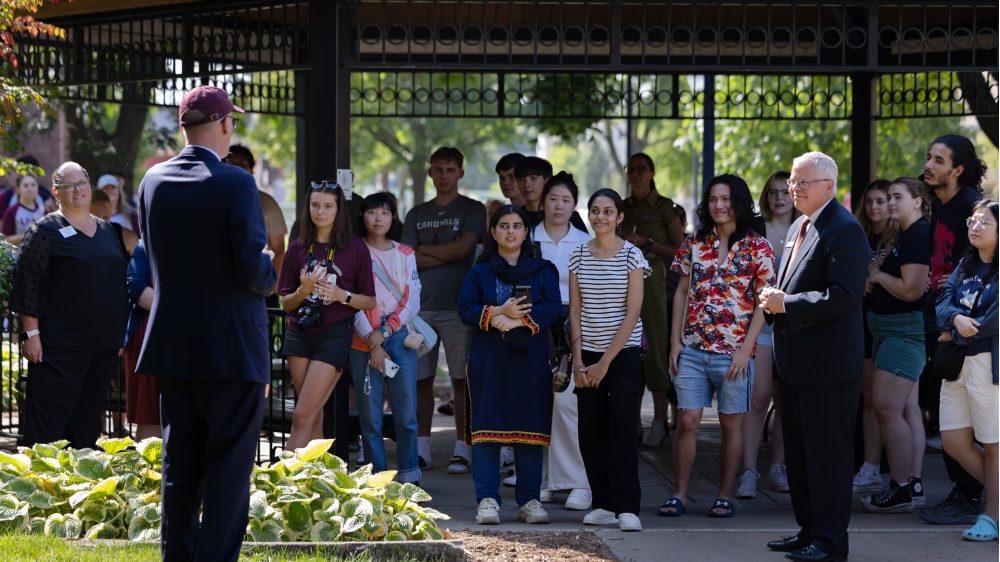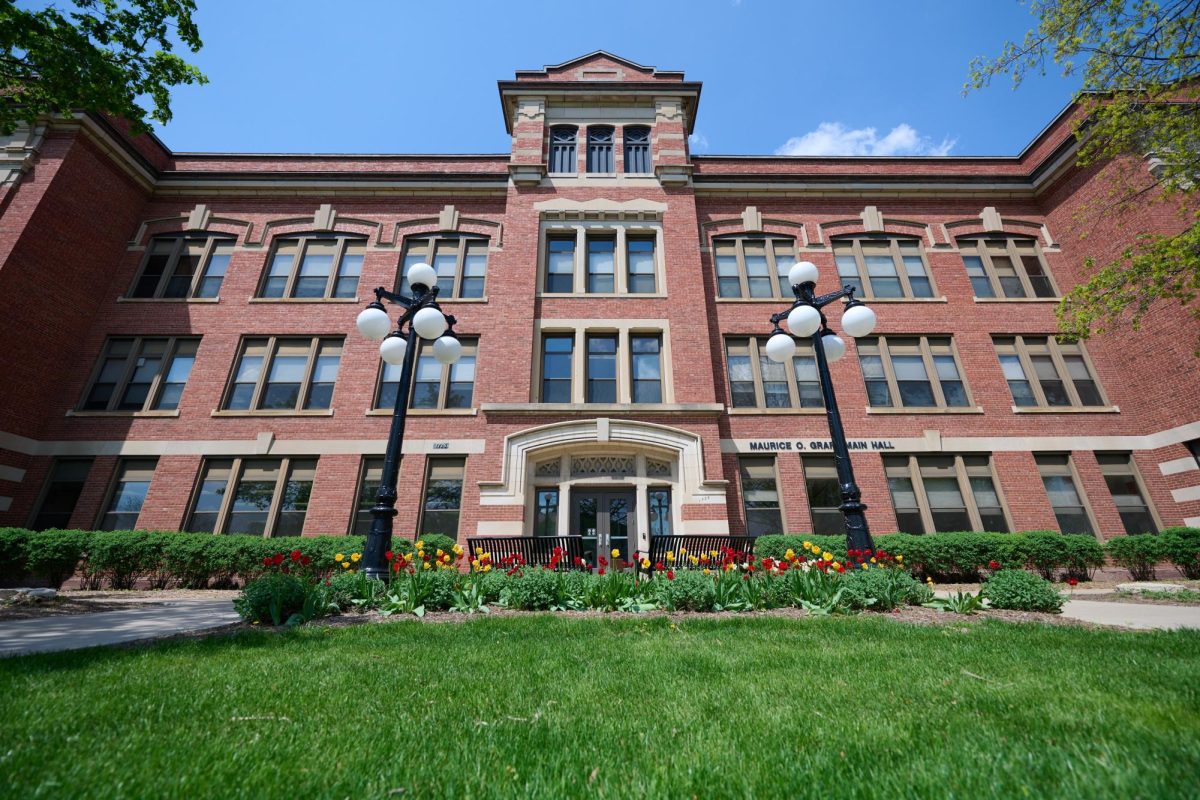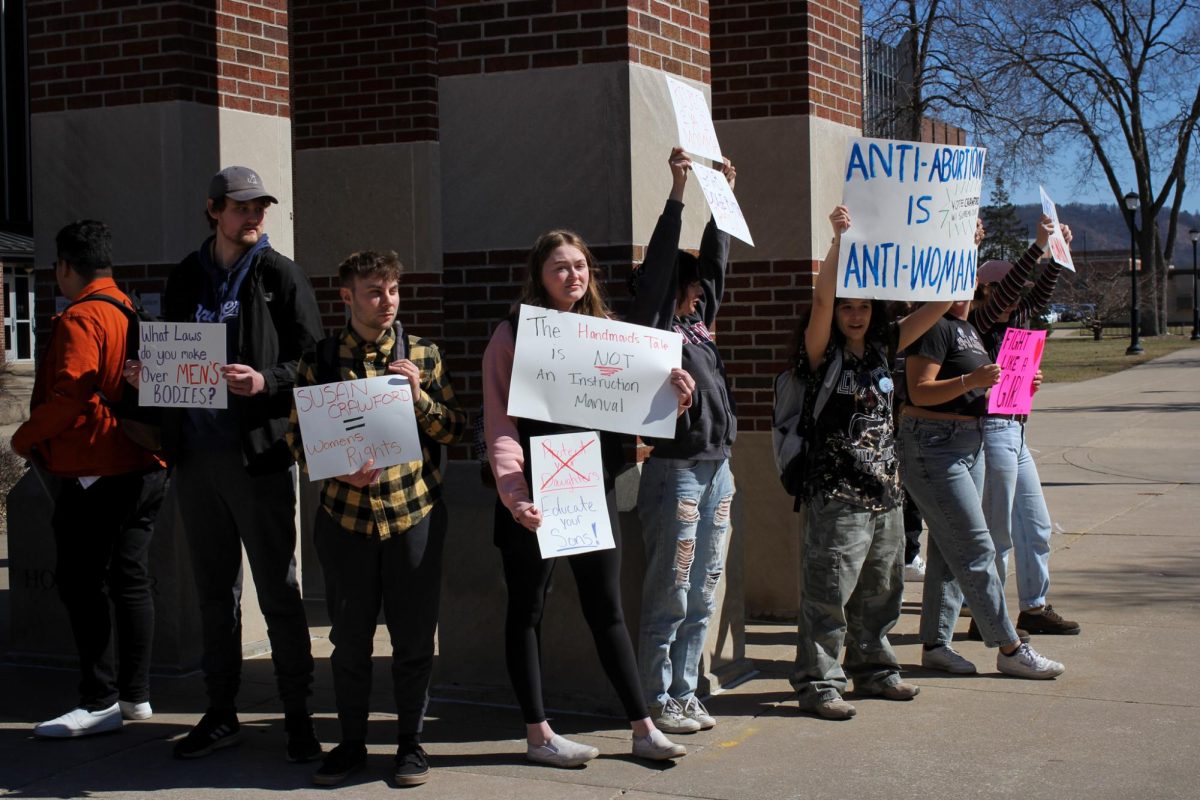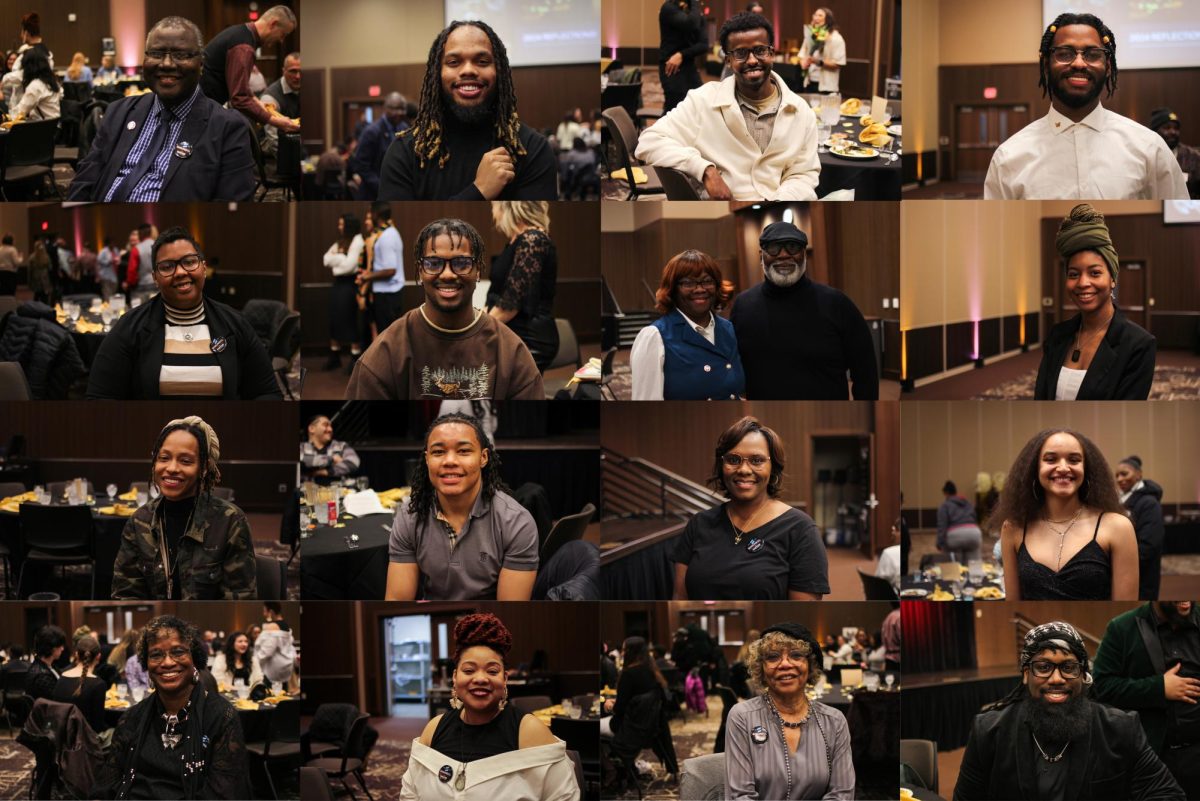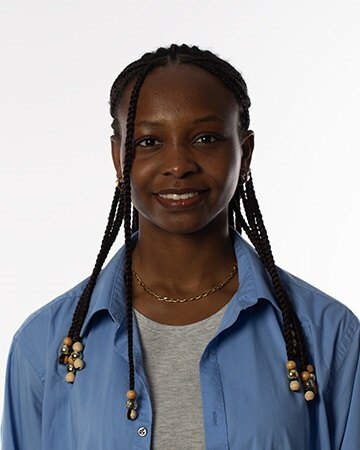After the United States Supreme Court’s 2023 decision to overturn race-conscious admissions, many universities, including those in the University of Wisconsin System, worked to implement other strategies to recruit and retain their number of students of color.
At the time, The Racquet Press wrote an article featuring Assistant Vice Chancellor of Admissions Corey Sjoquist and Vice Chancellor of Diversity and Inclusion Stacy Narcotta-Welp. The article talked about the future changes that would be made to the admission process to ensure a diverse student body at the University of Wisconsin-La Crosse.
In the article, Sjoquist stated, “…when the decision was rendered in late June, we already knew where we had to make changes.”
These changes varied from changing the application essay prompts to trying out new recruitment strategies.
The Racquet Press spoke with Sjoquist to discuss whether these strategies worked and what could be improved. Sjoquist explained that the court’s decision was focused on race-conscious admissions policies, while affirmative action was the broader term.
“As a result of the decision by the Supreme Court, race can no longer be used as a factor in and of itself for an admission decision,” Sjoquist said to clarify.
After the enrollment of the class of 2028 this September, national trends in higher education revealed mixed results on the increase or decrease of first-year students of color, with some colleges experiencing steeper drops in underrepresented minorities compared to others.
UW-Madison revealed a decline in the number of students of color in their freshman class, dropping from 18% to 14.3%despite a record-breaking first-year class.
Like UW-Madison, UWL saw its largest first-year class in school history, from 2,207 students in 2023 to an increase of2,308 in 2024. In terms of diversity, different from Madison, UWL’s first-year class saw a slight increase in students of color.
“Our freshman class last year had 229 domestic students of color, this year we have 231,” Sjoquist said. He explained recruiting underrepresented students is a team effort between the admissions team, community-based organizations, programs and high school counselors.
Sjoquist added how UWL worked hard to build relationships with not just high schools but with organizations such as Milwaukee Boys and Girls Club, Upward Bound programs, Avid programs and other opportunity grant programs. He explained that these programs supported and assisted a variety of students, including multicultural students, low socioeconomic students and first-generation students, crediting these relationships to UWL’s success in having more diverse demographics.
Following the end of race-conscious admissions, one of the changes in the application process was within the essays prospective students submit. At UWL the second essay prompt was adjusted to adhere to the new policies in place by the Supreme Court
Sjoquist discussed how the UWL admissions department worked closely with high school counselors to allow for better guidance for students while answering the new essay prompts. These prompts are open-ended to encourage students to talk about whatever they feel is important for the admissions office to learn about them including diversity.
“Our goal is to continue to enroll students at UWL that reflect the population of the state of Wisconsin and so working to recruit students from a variety of different places across Wisconsin and providing them the opportunity to earn a UWL degree,” said Sjoquist.
When asked about the lack of diversity among UWL Faculty and the role that played in prospective students decisions to come to UWL, Sjoquist said, “We certainly hear that students, when they’re visiting campuses… may be looking to see other students or faculty members that they could connect with that [they] may have a shared identity.”
UWL’s policy group on race has a subgroup that focuses on faculty and staff retention. Members of the group include Dina Zavala, Nese Nasif, Adrienne Loh and Allen Hill.
UWL Assistant Professor of Psychology, Suthakaran Veerasamy commends UWL’s recruitment efforts but calls for more to be done.
“I appreciate the numbers, but numbers don’t tell the whole story,” said Veerasamy.
Veerasamy reflected on his time at the University of Nebraska–Lincoln, a university low in racial and ethnic diversity, where he completed his Master of Arts in Counseling Psychology. He explained this is where he had one of the best experineces as an international student, a statement many have been surprised by.
“Now there were very few students of color, very few faculty of color in the program itself but the program was such that there were enough white people… who knew enough about diversity [and] inclusion, where they always made it a point to make us feel like we belonged,” Veerasamy said.
Veerasamy is a counseling psychologist who has been trained in multicultural counseling. He teaches courses on race culture, White racial identity and religious identity development.
He explained that when looking at the demographics of the country, the general white population is the only racial group with a negative growth, more White people are dying than are being born. Every other racial group all had positive growth.
“If that’s the demographic data, then accordingly, our student-of-color population should have increased right along with what the general population demographic is showing but that’s not the case here,” said Veerasamy.
While recruitment efforts are important, retention of students of color is where Veerasamy sees more of an issue. He said students have come to him and said after one semester they plan to leave.
“If we feel at home here… we tell our friends and our family so you don’t have to spend so much time trying to convince people,” said Veerasamy. “What’s the point of putting all the effort into recruiting students to come here when you don’t really do anything to make the students feel at home?”
Statistics from UWL’s entire student body showed a decrease in the number of students of color. This demonstrates the trend Veerasamy discussed.
The percentage of U.S. students of color at UWL, including Black, American Indian, Hispanic, Native Hawaiian, Asian and multiracial students, slightly declined to 10% of the total student body, down from 10.2% the previous year.
Veerasamy mentioned some factors that made diversity difficult to thrive at UWL. The first he discussed was commitment.
“When we say predominantly white institution, it’s not just skin color… It is how things are done here,” explained Veerasamy. “So whenever you talk about color, they think [we’re] only talking about skin color. No. UWL is White in terms of norms, values, beliefs [and] how we do things.”
Veerasamy explained there is an expectation that all professors teach a certain way, a way unfamiliar to professors from diverse backgrounds. To the surprise of many of his students Veerasamy doesn’t use PowerPoint to teach.
“So there’s an expectation that there’s a ‘right’ way to teach – that the right way is to use PowerPoint to me, that’s the ‘white’ way. Why is there just one way to teach? There are many ways to teach,” said Veerasamy.
“In terms of recruitment, I think we do good… but the problem is retaining… because you’ve [UWL] not created a space here where people like me and you belong because this is a very white space.”
“Even if there are very few students of color, people of color [and] staff of color if the environment is such that there are things in place to make students feel like they belong,” said Veerasamy. “To me, that’s the most important thing. It’s not a numbers game.”

